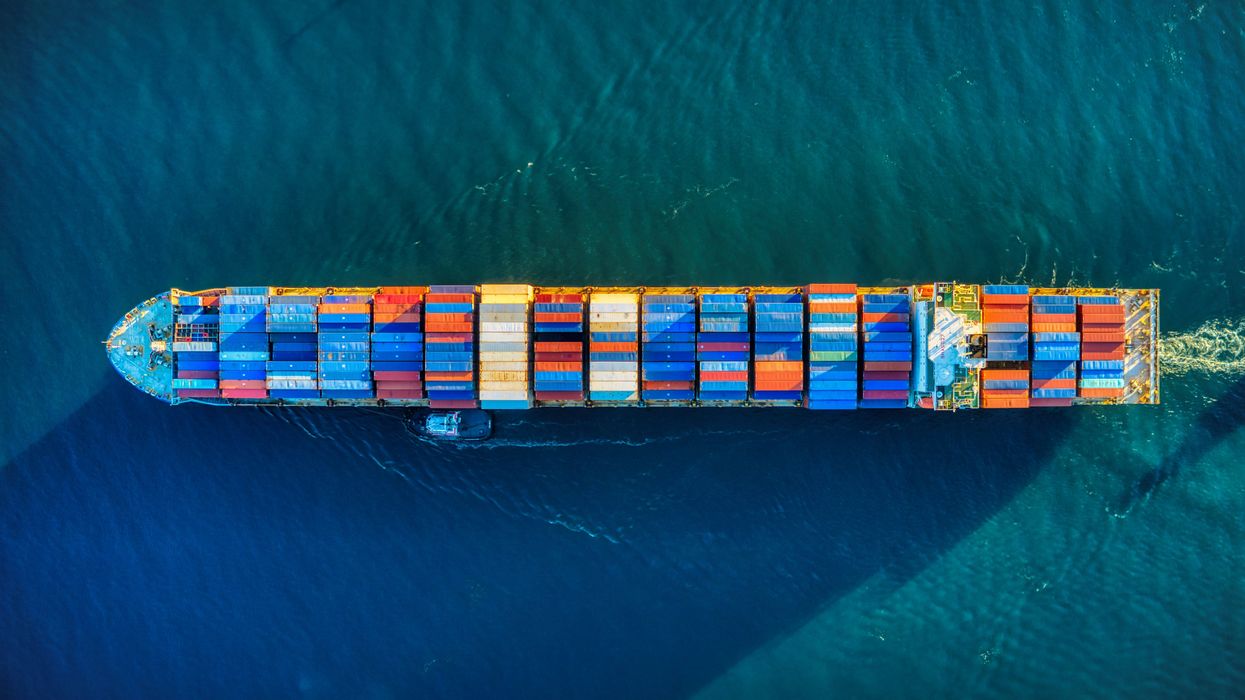For all of the attention paid to direct-to-consumer businesses in recent years, it’s worth remembering that marketplaces are experts in ecommerce. As they build destinations for online shopping, their teams have honed customer experience and conversion tactics in the particular consumer categories where they work.
As brands seek to continue to evolve their offerings with technology advances and shifting consumer preferences, platforms are extending that ecommerce expertise by working directly with the brands to build and improve their digital offerings, rather than simply serving as a place for them to connect with consumers and sell goods. The marketplace is their product. They’re also providing services.
This week’s news brings a pair of examples of this move in the form of partnerships:
Farfetch x Salvatore Ferragamo: Reaching younger audiences
A partnership announced on Thursday brings together a fashion brand and ecommerce platform that are both reaching the luxury market.
Italian shoemaker Salvatore Ferragamo is deepening its work with Farfetch through the commercial agreement.
The agreement’s provisions include strengthening Salvatore Ferragamo’s presence on Farfetch’s marketplace. In turn, Ferragamo will tap Farfetch’s technology for its website and omnichannel offerings, as well as work with Farfetch’s media arm to create digital experiences.
The partnership helps to build a digital presence for Salvatore Ferragamo, which in recent months announced plans to double revenue over the next 4-5 years in part through more investment in marketing and communication and recently-hired creative director Maximilian Davis. The partnership with Farfetch is about more than adding ecommerce and digital marketing capabilities. It will also help Salvatore Ferragamo build experiences that reach an audience that is younger and more global, leaders said.
Ferragamo CEO Marco Gobbetti called Farfetch “the ideal partner to further boost Ferragamo’s omnichannel innovation, fuelling our plans to reach new, younger audiences and accelerate our growth.”
“Ferragamo has a wonderful heritage of creativity and craftsmanship and I am hugely excited about the opportunity to take it to a unique new audience globally,” said José Neves, Farfetch CEO, in a statement. “Ferragamo’s outstanding product and creativity, coupled with our marketing capabilities and innovative digital experiences will captivate that audience while our media and technology platform capabilities power Ferragamo’s digital ecosystem.”
The partnership underscores the opportunity in front of luxury brands. Luxury spending has remained stable despite inflation, with the latest data from the Saks Luxury Pulse showing that 76% of respondents planned to purchase the same amount of luxury items or more in the next three months.
At the same time, many luxury brands have been slower to adopt ecommerce, and they are also cool to collaboration. However, the pandemic ecommerce boom changed their thinking, leading to more partnerships between brands and platforms in particular. Farfetch offers tools to not only provide labels with a place to reach shoppers, but also to add ecommerce capabilities through their own channels. The Ferragamo deal isn’t the only one of its kind. Earlier this year, Farftech announced a $200 million investment in Neiman Marcus Group that will see the company’s technology, called Farfetch Platform Solutions, used by Neiman Marcus and Bergdorf Goodman.
Luxury shoppers are known to have high standards when it comes to products, but they also have distinct views on the shopping experience. At the same time, consumers’ expectations have changed with the rise of digital capabilities. Farfetch, which brings expertise that is distinctly of the luxury category, is aiming to help brands like Ferragamo meet them.
Tommy Hilfiger x thredUP: Introducing resale

Tommy Hilfiger is adding resale. (Courtesy photo)
Sustainability is another area where consumer expectations are rising. A resale platform is helping a well-known apparel brand set up a program to add a new environmentally-friendly service.
PVH Corp.-owned Tommy Hilfiger is partnering with thredUP to introduce a resale program.
Through this initiative, customers will be able to access a prepaid shipping label through tommy.thredup.com, and send secondhand clothing to thredUP. The program will accept women’s and kid’s items from any brand, and men’s products from Tommy Hilfiger. If thredUP selects any of the women’s and kid’s items for resale on its platform or deems the men’s items eligible, customers can receive Tommy Hilfiger shopping credit that can be used both online and in-store.
“We’re excited to launch this program with thredUP, which helps us create more value out of our existing product and connect with our consumers in a new way,” said Esther Verburg, EVP of sustainable business and innovation for Tommy Hilfiger Global and PVH Europe, in a statement. “The U.S. market is packed with circular potential, and together with thredUP, we’re hoping to make a long-lasting difference.”
Through this partnership Tommy Hilfiger can bolster efforts to become a “fully circular” brand by 2030. thredUP brings the expertise in one area of circularity, which is extending the life of clothing by selling it again through the market. Through its “resale-as-a-service” program, thredUP is essentially whitelabeling its offering. Brands can offer their own experience to engage with customers, as well as credit to help them continue shopping with the brand.
It also extends circular programming beyond marketplaces, adding a way that brands can set up their own channels and allow shoppers to discover these options wherever they may be browsing.
Brands are seeking to sell on platforms, as well as through direct channels. These services allow the teams behind the marketplaces to be in both places. As Amazon has shown with logistics, advertising and its recently announced Buy with Prime, offering services can uncover new and perhaps unexpected ways to for platforms to expand their businesses, as well.













